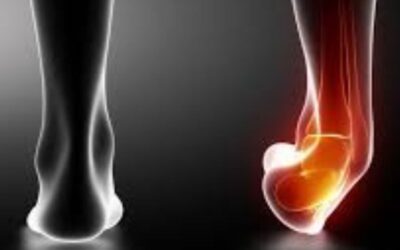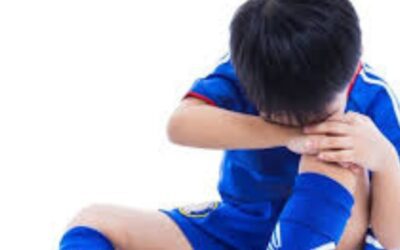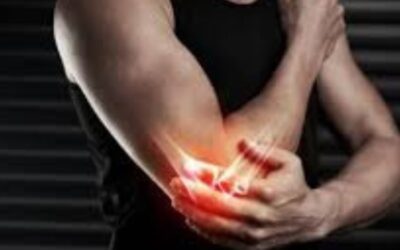A cervicogenic headache is a pain that develops in the neck, though a person feels the pain in their head. Cervicogenic headaches are secondary headaches. Secondary headaches are those caused by an underlying condition, such as neck injuries, infections, or severe high blood pressure.
What does it feel like?
A cervicogenic headache can cause symptoms similar to a migraine. You may feel tightness in the neck which can extend upward through the back of the skull and forward to behind the eyes. The tightness often makes it hard to concentrate or sit still for long periods.
Neck pain is an extremely common occurrence with cases presenting from a range of different occupations, both sedentary and active. The most common occurrence comes from those who work in an office environment or who are studying regularly and sit in front of a computer for most of the day. Tightness throughout the neck muscles can additionally lead to pain and reduced mobility in the neck, headaches, blurred vision and general mental fatigue.
When do you feel it?
After you’ve had an increase in workload with less than ideal posture, causing the head to move out in front of the body. Similarly, looking up for long periods of time like painting a ceiling, or even falling asleep in an awkward position may cause a cervicogenic headache.
How can Physiotherapy help?
Pain-relieving and joint mobility interventions including soft tissue release, joint mobilisation and dry needling.
Postural education to help adjust your seated posture and work-station set-up.
Advice on day-to-day adjustments and activity alterations to help reduce your pain.
Provision of an individualised rehabilitation program to improve your movement, strength and endurance.
What are the treatment options?
Physiotherapy: Expert advice and provision of a management plan which includes hands-on therapy and a strengthening exercise program.
Lateral Ankle Ligament Sprain
From childhood netball players to the chronically uncoordinated, we’ve all likely encountered a lateral ankle ligament sprain at some point in our lives. Frequently referred to as “rolling, twisting or spraining”, it’s generally a much nicer diagnosis than a fracture,...
Osgood-Schlatter disease
Osgood-Schlatter disease is a condition that causes pain and tenderness in the front lower part of the knee. The condition affects active children/adolescents aged 8-15 years old and results from the tendon in the front of the knee placing too much stress on the bone...
Tennis elbow: what is it and how to relieve the pain?
Tennis elbow is a common condition that affects not just athletes but anyone who engages in repetitive arm and wrist activities. Despite its name, you don’t need to play tennis to suffer from it. This condition, medically known as Lateral Epicondylalgia, results from...



